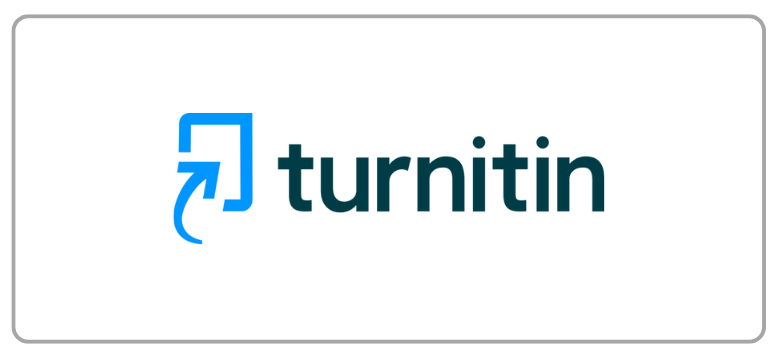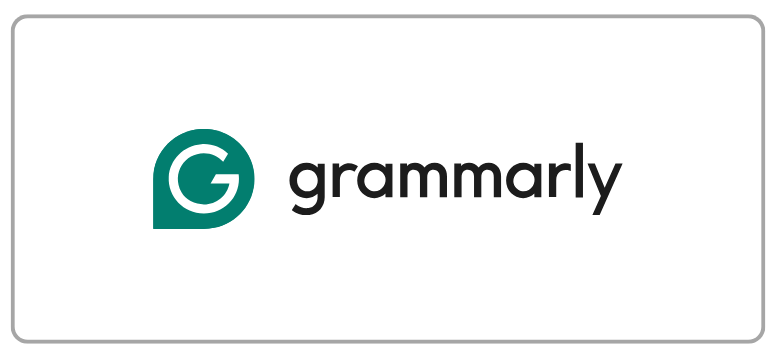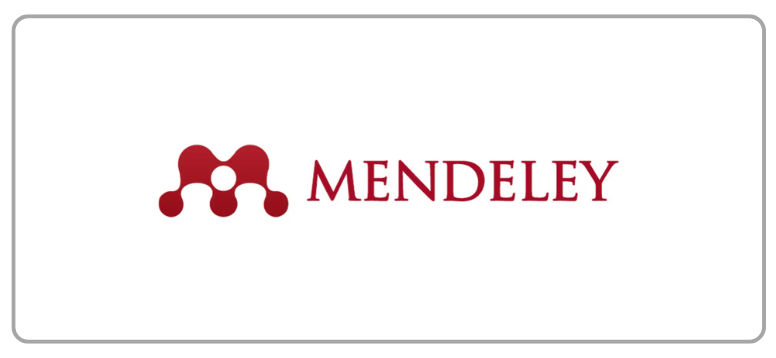Analisis Model Pengukuran Human Capital dalam Organisasi
DOI:
https://doi.org/10.21512/bbr.v4i2.1403Keywords:
dimensional measurement, human capital, organizational performanceAbstract
Measurement of human capital is not an easy to do because it is dynamic and always changing in accordance with the changing circumstances. Determination of dimensions and indicators of measurement needs to consider various factors such as situations and also the research scopes. This article has objectives to review the concepts, dimensions and measurement models of human capital. The research method used was literature study with a major reference source from current journal articles that discuss the measurement of human capital. Results of the study showed that basically the definition set forth in any dimension containing either explicitly or implicitly. In addition, the result indicated that there are three main categories of equality among researchers regarding the definition of human capital which emphasizes on: economic value/productivity, education, and abilities/competencies. The results also showed that the use of definitions, dimensions, and indicators for measurement of human capital depends on the situation, the scope of research, and the size of the organization. The conclusion of the study indicated that the measurement model and determination of dimensions and indicators of human capital measurement will determine the effectiveness of the measurement, and will have an impact on organizational performance.
References
Dae-Bong, K. (2009). Human Capital and Its Measurement. The 3rd OECD World Forum on
Statistics, Knowledge and Policy.
Fitz-enz, J. (2009). The ROI of Human Capital: Measuring the Economic Value of Employee
Performance. Second Edition. New York: Amacom.
Gamerschlag, R. (2013). Value relevance of human capital information. Diakses dari
www.emeraldinsight.com/1469-1930.htm
Marko. G. (2013). Human capital and knowledge audit as the competitive advantage of companies.
Net Journal of Social Sciences, 1(1), pp. 1-4.
Massingham, R. (2011). Using 360 degree peer review to validate self-reporting in human capital
measuremen. Journal of Intellectual Capital, 12(1).
Sharma, A. (2013). Potential Role it in The Support of it in The Support of Organizational knowledge
Management. International Journal of Marketing, Financial Services & Management
Research, 2(5).
Wall, A., Kirk, R., and Martin, G. (2004). Intellectual capital: Measuring the Immeasurable? Elsevier,
CIMA Publishing.
Zaragozaâ€Sáez, P. (2013). Human Capital Intangibles in Family Firms: Identification and
Measurement.
Downloads
Published
How to Cite
Issue
Section
License
Authors who publish with this journal agree to the following terms:
a. Authors retain copyright and grant the journal right of first publication with the work simultaneously licensed under a Creative Commons Attribution License - Share Alike that allows others to share the work with an acknowledgment of the work's authorship and initial publication in this journal.
b. Authors are able to enter into separate, additional contractual arrangements for the non-exclusive distribution of the journal's published version of the work (e.g., post it to an institutional repository or publish it in a book), with an acknowledgment of its initial publication in this journal.
c. Authors are permitted and encouraged to post their work online (e.g., in institutional repositories or on their website) prior to and during the submission process, as it can lead to productive exchanges, as well as earlier and greater citation of published work.
USER RIGHTS
All articles published Open Access will be immediately and permanently free for everyone to read and download. We are continuously working with our author communities to select the best choice of license options, currently being defined for this journal as follows: Creative Commons Attribution-Share Alike (CC BY-SA)





















